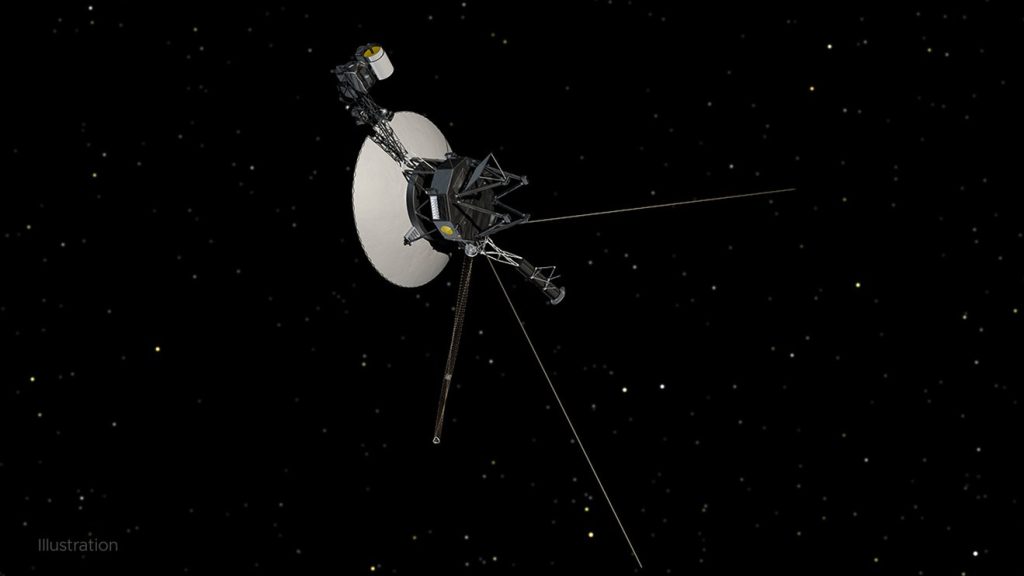For over four decades the Voyager 1 probe has been traveling in space, going far beyond the boundaries of our solar system. An interstellar ambassador of humanity who surpassed expectations and limits, and who is now perhaps lost forever.
Following a glitch in its flight data system, in fact, communication between Earth and Voyager 1 became a charade. The future of the mission is uncertain: NASA is hoping for a technological miracle to get the probe back on the right communication trajectory.
A journey beyond all expectations
Launched in 1977, Voyager 1 aimed to explore Jupiter and Saturn, providing unprecedented data and images of the two gas giants and their satellites. After successfully completing its primary mission, the probe then continued its journey outward, becoming the first human artifact to enter interstellar space.
This achievement marked an epochal moment in the history of space exploration, pushing the boundaries of our knowledge and technological capabilities.

The priceless value of Voyager 1
The recent failure of Voyager 1's flight data system (FDS) presents the probe's worst-ever mission control problem. Its distance from Earth makes any attempt at diagnosis and correction almost impossible. Communications currently take approximately 45 hours, further complicating troubleshooting efforts.
Regardless of current difficulties, however, Voyager 1's contribution to space science and our understanding of the universe is invaluable. The probe provided crucial data on the structure of the outer solar system and conditions in interstellar space. Its more than 40-year journey through space will remain a cornerstone of technology and human exploration.
While its journey may be coming to an end, Voyager 1's story and discoveries will continue to inspire future generations of explorers, scientists and dreamers.


